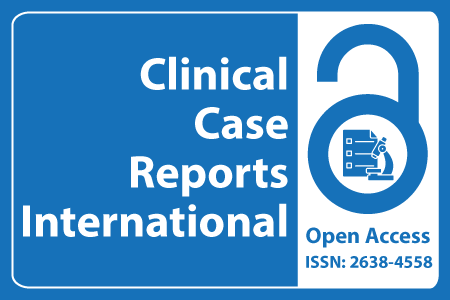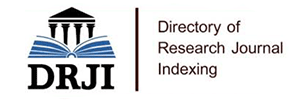
Journal Basic Info
- Impact Factor: 0.285**
- H-Index: 6
- ISSN: 2638-4558
- DOI: 10.25107/2638-4558
Major Scope
- Endoscopy
- Surgical
- Child Birth
- Autism
- Gastroenterology
- Veterinary Sciences
- Chronic Disease
- Nephrology
Abstract
Citation: Clin Case Rep Int. 2023;6(1):1446.DOI: 10.25107/2638-4558.1446
Effectiveness of Home-Based Respiratory Muscle Training in Patients with COPD and with Different Symptoms: A Case Series
Chang HY, Kuo HP, Chen MC, Chou PC, Chou CL and Ho SC
Department of Respiratory Therapy, Taipei Medical University, Taipei, Taiwan
Department of Respiratory Therapy, Chang Gung Memorial Hospital, Taoyuan, Taiwan
Department of Internal Medicine, Division of Pulmonary Medicine, Taipei Medical University, Taipei, Taiwan
Department of Internal Medicine, Division of Thoracic Medicine, Taipei Medical University Hospital, Taiwan
Pulmonary Medicine Research Center, Taipei Medical University, Taipei, Taiwan
Department of Internal Medicine, Shuang Ho Hospital, Taipei Medical University, New Taipei City, Taiwan
*Correspondance to: Shu-Chuan Ho
PDF Full Text Research Article | Open Access
Abstract:
Additional Respiratory Muscle Training (RMT) appears to benefit patients with Chronic Obstructive Pulmonary Disease (COPD). However, the suitability of RMT for patients with different characteristics and different severity of COPD is unknown. We investigated the effectiveness of home-based RMT in three patients with COPD with different characteristics, including symptoms of respiratory diseases, dynamic hyperinflation, and respiratory muscle weakness, and who presented with varying degrees of COPD severity from COPD Global Initiative for Chronic Obstructive Lung Disease (GOLD) grades II to IV. The three patients underwent home-based RMT therapy. They all continued to take existing medication and performed RMT exercises for 8 weeks with a target respiratory muscle training load of 50% of each participant’s maximum respiratory muscle strength. Data on dyspnea sensation, Quality of Life (QoL), respiratory muscle strength, pulmonary function, 6-Min Walk Distance (6MWD), and diaphragm excursion were collected. The patient with symptoms of respiratory diseases improved the most as indicated by a decrease in dyspnea sensation during activity and an improvement in diaphragm excursion at rest. The patient with dynamic hyperinflation had an increase in the changed of inspiratory capacity and the 6MWD. The patient with respiratory muscle weakness had an improved QoL. Further studies should be performed with larger sample sizes.
Keywords:
Respiratory muscle training; Symptoms of respiratory diseases; Dynamic hyperventilation; Respiratory muscle weakness; Diaphragm sonography; COPD
Cite the Article:
Chang HY, Kuo HP, Chen MC, Chou PC, Chou CL, Ho SC. Effectiveness of Home-Based Respiratory Muscle Training in Patients with COPD and with Different Symptoms: A Case Series. Clin Case Rep Int. 2023; 6: 1446.













